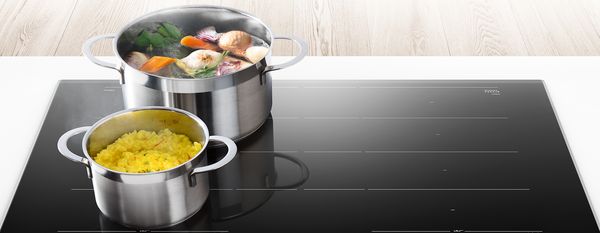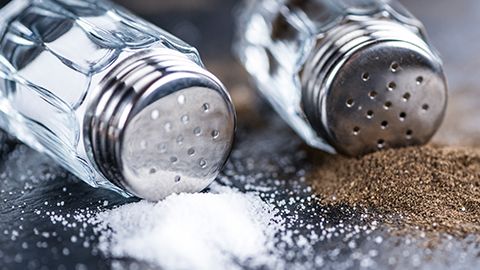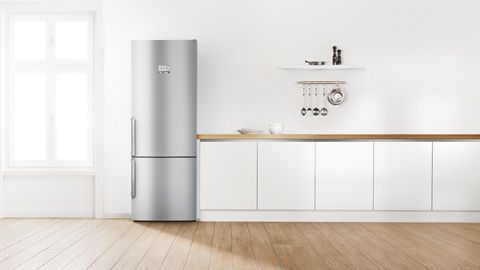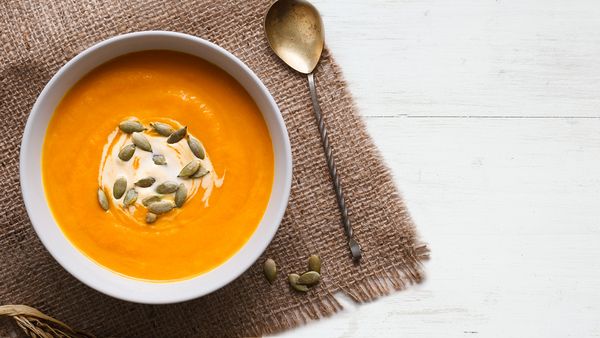Master Moist-Heat Cooking Methods
Cooking involves the transfer of heat from a heat source to your food and can be categorised into two main types of methods: moist-heat or heat-dry. Moist-heat cooking preserves and adds moisture to food during the cooking process by using liquids such as water, broth, wine or even juice. This makes it the perfect type of cooking for softening tough fibres. Explore and master these 5 moist-heat cooking methods for flavourful and nutritious meals for your family.

Steaming
Steaming is a gentle cooking method that is suitable for seafood, vegetables and eggs since the food never touches the water. Steamed food retains more nutrients than food that is boiled or simmered, as they are not leached into the water. Bosch Series 8 Combi-Steam ovens offer a variety of steam functions to ensure your food turns out crispy on the outside and juicy on the inside.
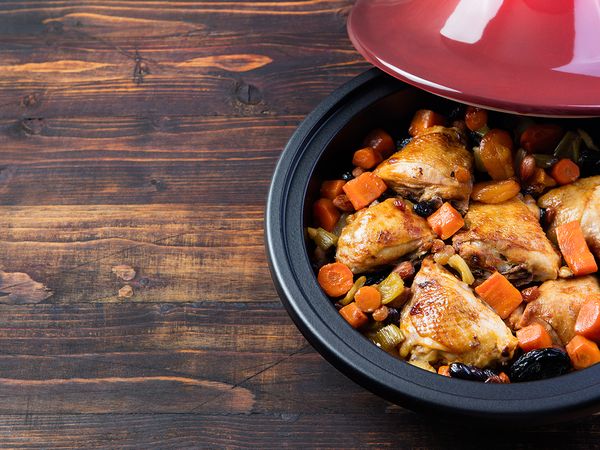
Braising
Braising is great for cooking tougher cuts of meat which have more connective tissues. Slow cooking at low temperatures breaks down these tough tissues, making the meat softer and allowing it to absorb flavours in the cooking liquid. Keeping the braising dish covered traps moisture within the pot and retains the full flavours. Liquids used for braising are often wine, stock, or the meat's own juices.
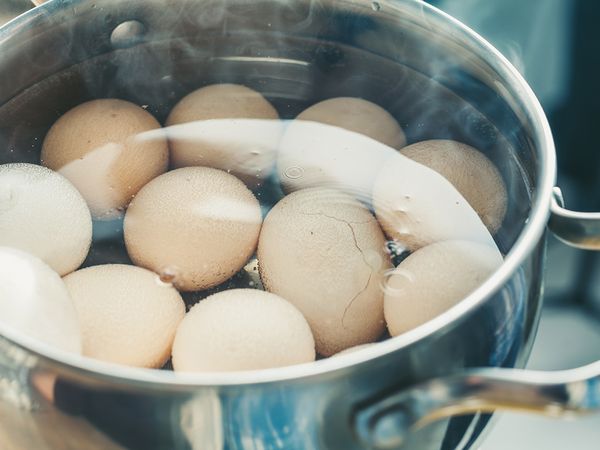
Poaching
Poaching involves partially or fully submerging food into water or another liquid between the temperatures of 70–82°C. Water at this temperature is hotter than scalding but is not vigorously bubbling like boiling water. Usually used for cooking very delicate food like eggs and fish, poaching allows them to be cooked through without breaking apart.
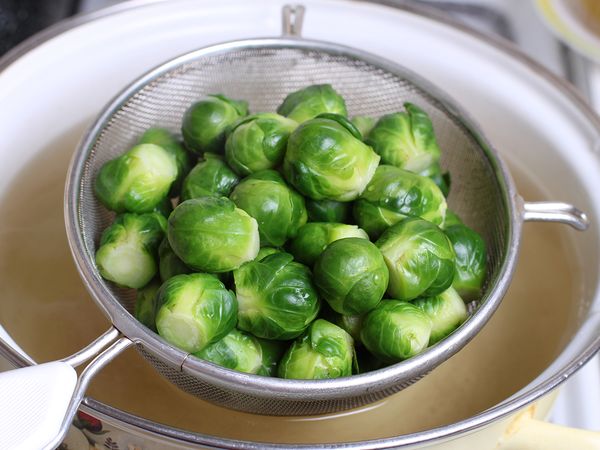
Blanching
To blanch food, you drop it into boiling water briefly before submerging the food into ice water immediately after to halt the cooking process. Fruits and vegetables are good for such a cooking method, as blanching can loosen the skin on fruits and vegetables and halt enzymatic action that causes them to deteriorate. It also helps to maintain their colour and freshness even after they have been cooked.
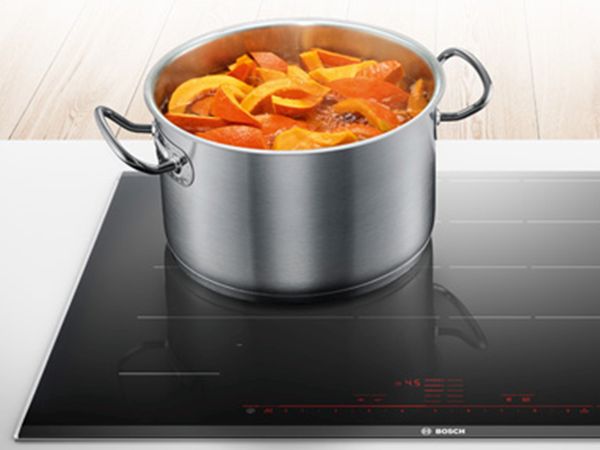
Simmering
Simmering involves cooking food at a temperature just below a boil. Gentle bubbling occurs, with small ones breaking the surface of the liquid a few at a time. With this method, the food’s temperature stays consistent, allowing for even cooking. Simmering is appropriate for foods that are soft but not delicate — potatoes, pumpkins, peas and corn are good choices. The Bosch induction cooktops offer more precise control of cooking temperatures, helping you achieve perfect simmering.
